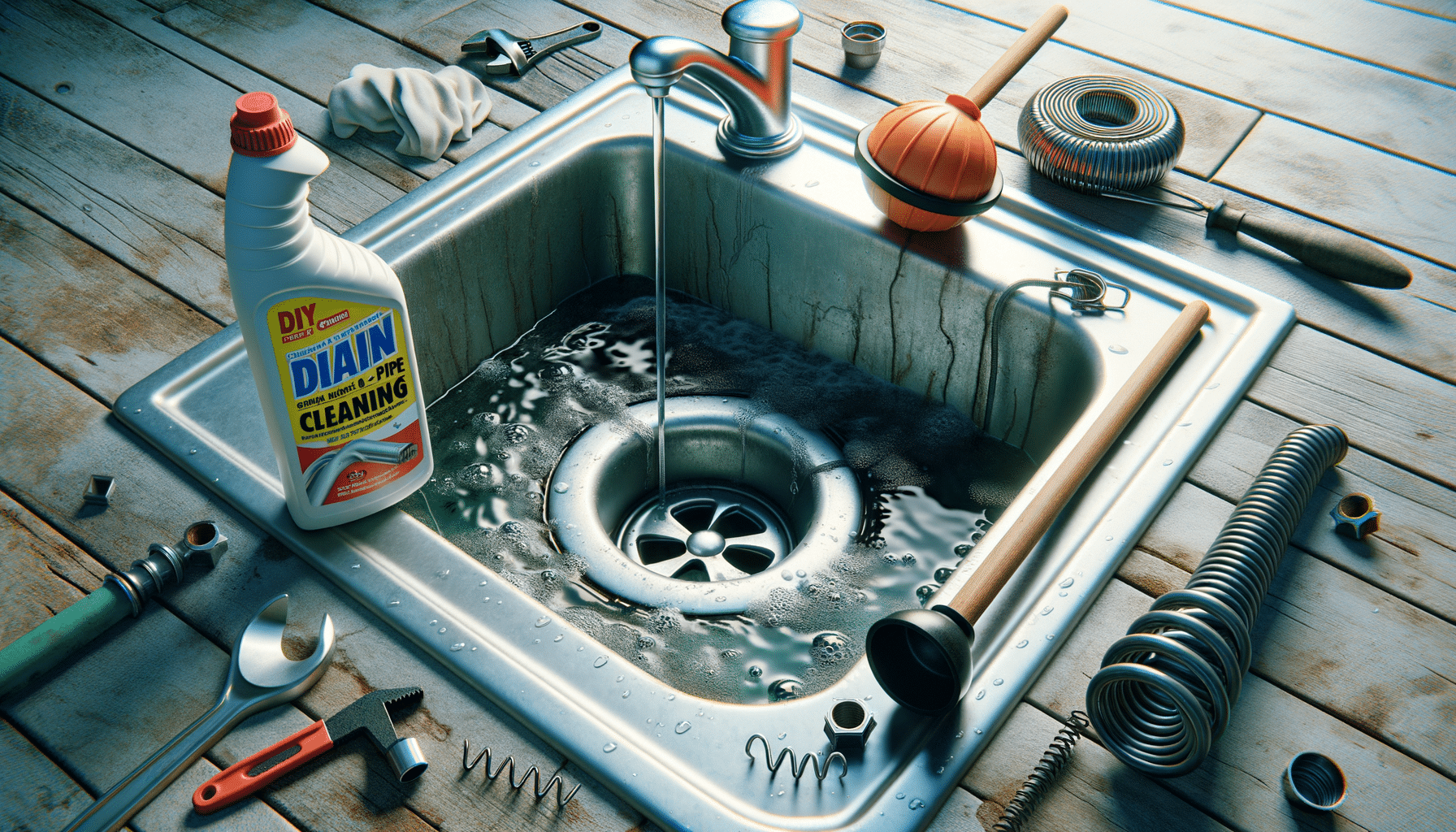
Clogged Drain? Try these 3 tricks before calling a plumber.
Understanding the Causes of Drain and Pipe Clogs
Drains and pipes are critical components of any plumbing system, yet they are often overlooked until a problem arises. Understanding the common causes of clogs can help in preventing them effectively. Clogs are typically caused by a buildup of debris, such as hair, soap scum, food particles, grease, and mineral deposits. Over time, these materials accumulate and restrict water flow, leading to slow drainage or complete blockages.
In kitchens, food scraps and grease are the primary culprits. Grease, in particular, solidifies as it cools, creating a stubborn blockage. Bathrooms, on the other hand, often face clogs due to hair and soap residues. Hair can easily wrap around other debris, forming a dense mass that is difficult to dislodge. Additionally, soap residues can combine with minerals in water, creating a hard, scaly deposit.
External factors, such as tree roots, can also invade pipes, especially if there are small cracks or leaks. Roots naturally seek out moisture, and once they infiltrate a pipe, they can cause significant damage and blockages. Understanding these causes is the first step in implementing preventive measures and choosing the right cleaning methods.
Preventive Measures for Drain and Pipe Maintenance
Prevention is always better than cure, and this holds true for drain and pipe maintenance. Regular preventive measures can save you from the hassle and cost of dealing with severe clogs. One simple yet effective strategy is to use drain guards or strainers. These devices catch debris before it enters the pipes, significantly reducing the risk of clogs.
Regular cleaning is also crucial. Pouring boiling water down the drain can help dissolve grease and soap scum. Additionally, a mixture of baking soda and vinegar can be used as a natural cleaning solution. This combination creates a fizzy reaction that can break down minor blockages and deodorize the drain.
For kitchen sinks, avoid pouring grease down the drain. Instead, collect it in a container and dispose of it in the trash. In bathrooms, regularly removing hair from drains can prevent buildup. Another preventive measure is to be mindful of what you flush down toilets. Only human waste and toilet paper should be flushed, as other materials can cause severe blockages.
DIY Drain Cleaning Techniques
While professional help is sometimes necessary, there are several DIY techniques you can try to clear minor clogs. One popular method is using a plunger. Plungers create suction that can dislodge blockages, making them a handy tool for both sinks and toilets. To use a plunger effectively, ensure there is enough water in the basin to cover the plunger’s cup, then pump vigorously to create suction.
A drain snake, or auger, is another useful tool. It is a flexible, coiled wire that can reach deep into pipes to break up clogs. Insert the snake into the drain and rotate it to catch and pull out debris. This method is particularly effective for hair clogs in bathroom drains.
Chemical drain cleaners are available, but they should be used with caution. While they can dissolve tough clogs, they may also damage pipes if used excessively. Always follow the manufacturer’s instructions and consider using them as a last resort. For environmentally friendly options, enzymatic cleaners use natural bacteria to break down organic matter without harming pipes.
When to Call a Professional Plumber
Despite your best efforts, some clogs may require professional intervention. Recognizing when to call a plumber can save you time and prevent further damage. If you encounter persistent clogs that do not respond to DIY methods, it may indicate a deeper issue within the plumbing system.
Multiple slow drains in the house suggest a blockage in the main sewer line, which requires professional equipment and expertise to resolve. Additionally, if you notice foul odors emanating from drains or hear gurgling sounds, it could indicate a serious blockage or venting issue.
Professional plumbers have access to advanced tools, such as hydro-jetting equipment and video inspection cameras, which allow them to diagnose and fix complex problems efficiently. While calling a plumber may incur costs, it ensures that the issue is resolved correctly and prevents future complications.
Conclusion: Ensuring Smooth Water Flow
Maintaining clean drains and pipes is essential for the smooth functioning of your home’s plumbing system. By understanding the causes of clogs and implementing preventive measures, you can minimize the risk of blockages. DIY cleaning techniques can effectively address minor clogs, but knowing when to seek professional help is crucial for more severe issues.
Regular maintenance not only prevents inconvenient clogs but also extends the lifespan of your plumbing system. By taking a proactive approach, you can enjoy hassle-free drainage and avoid costly repairs. Remember, a little attention to your drains and pipes today can save you from significant headaches tomorrow.